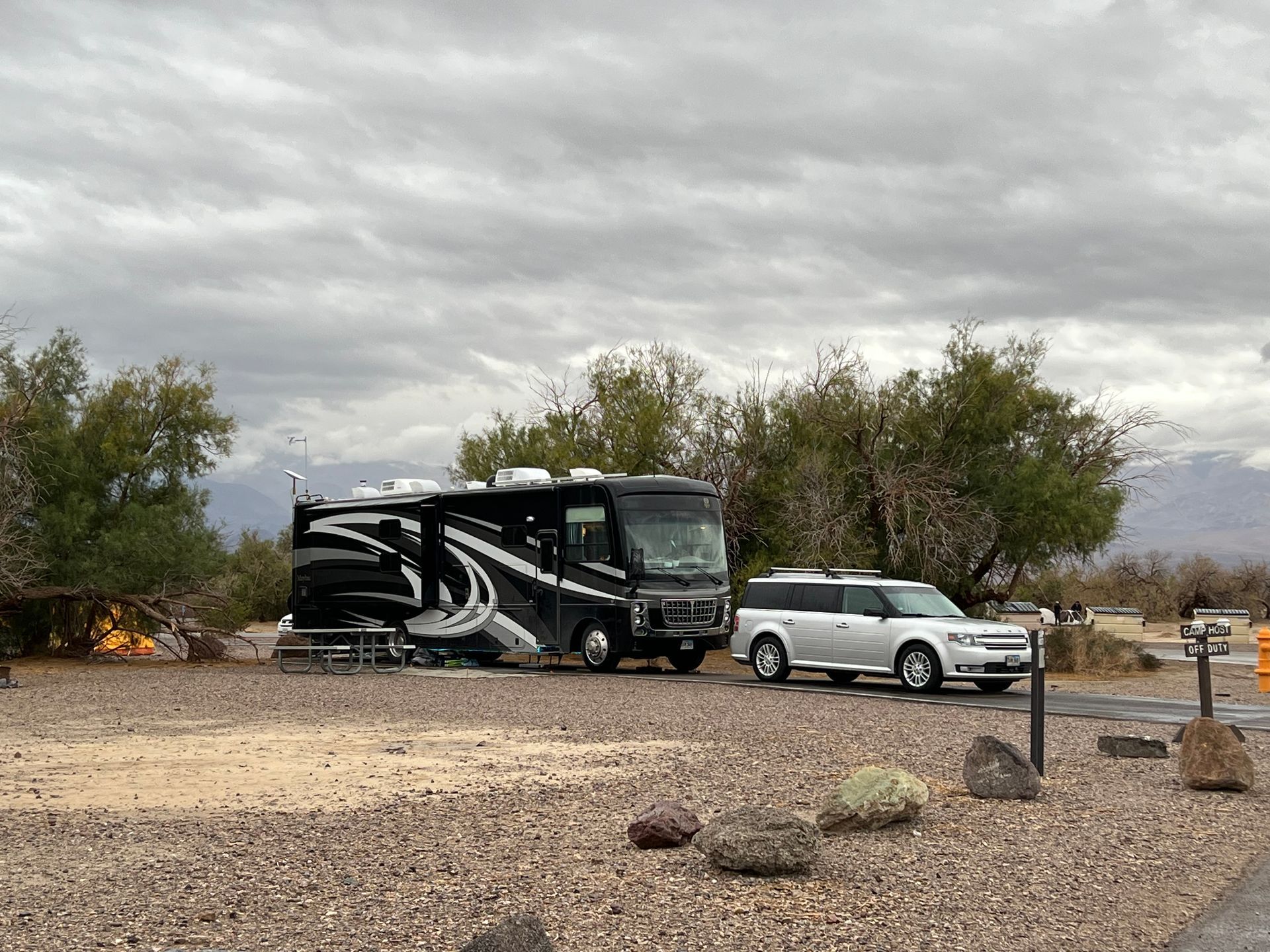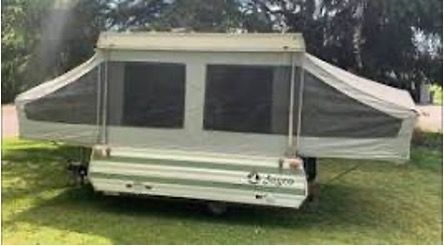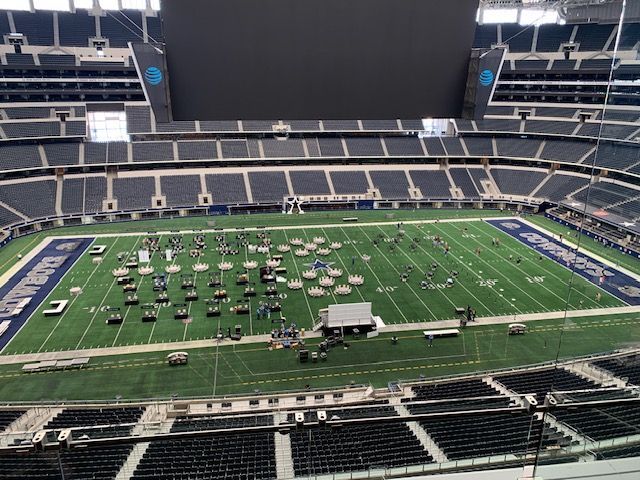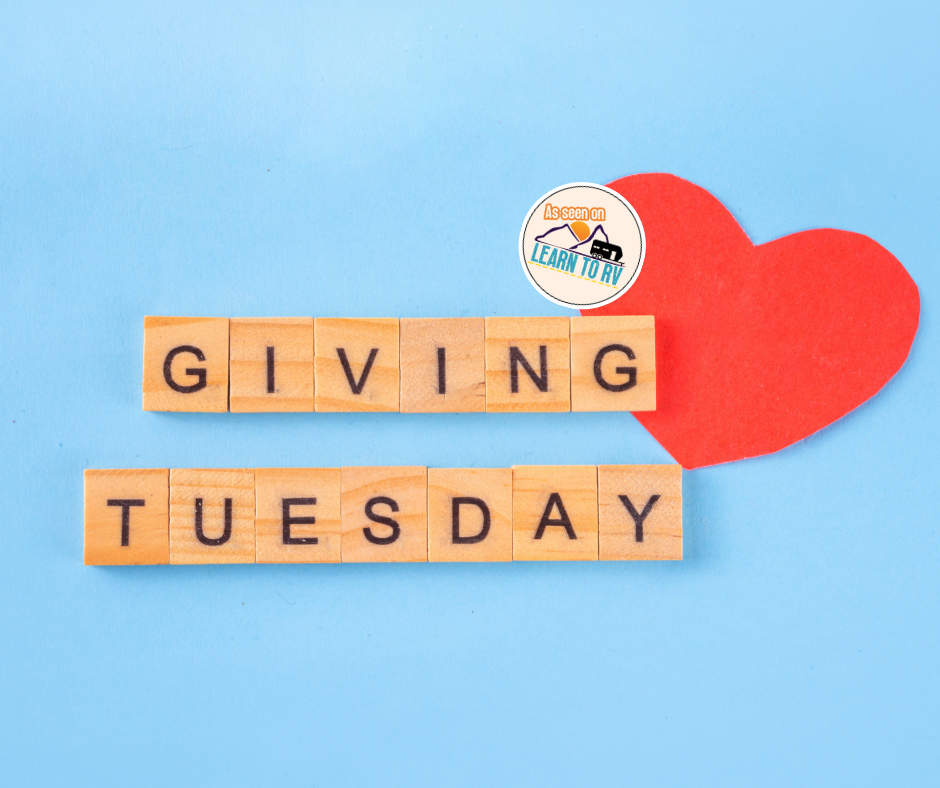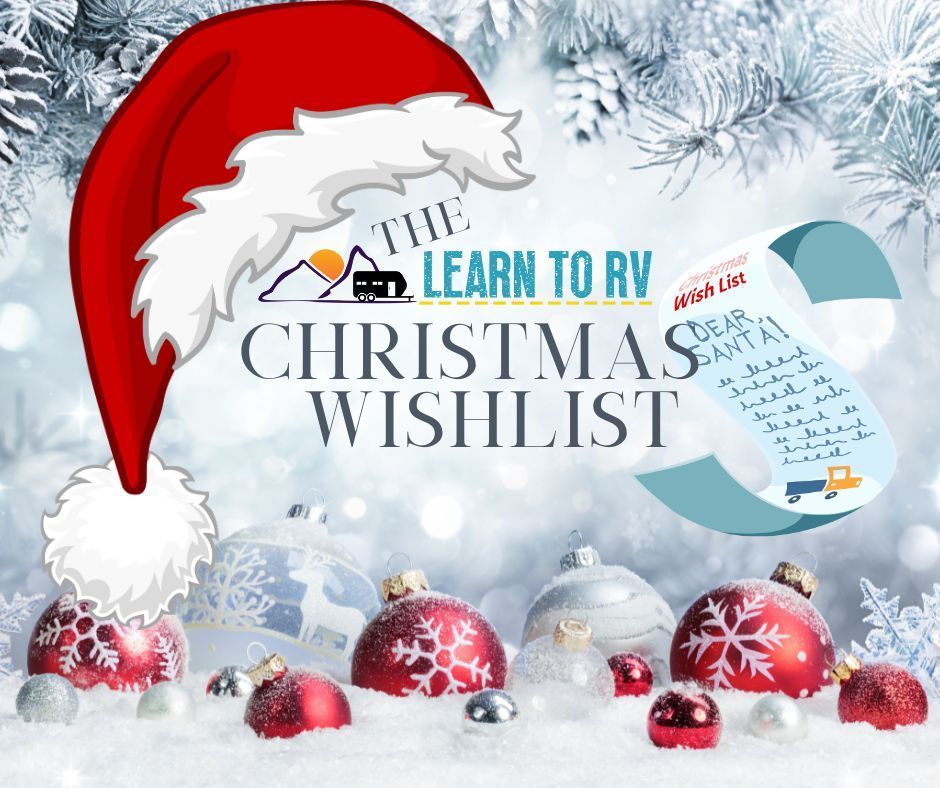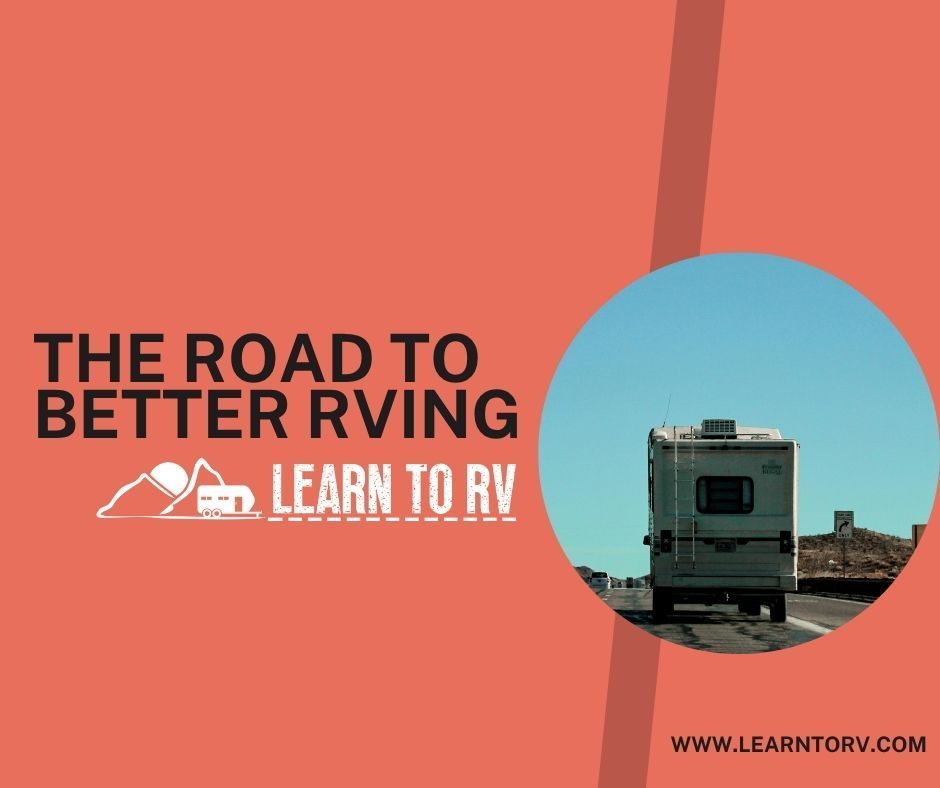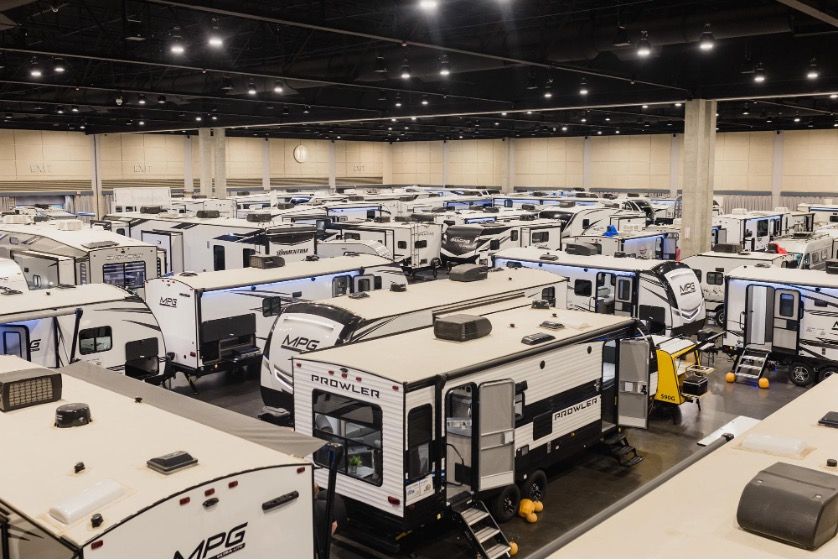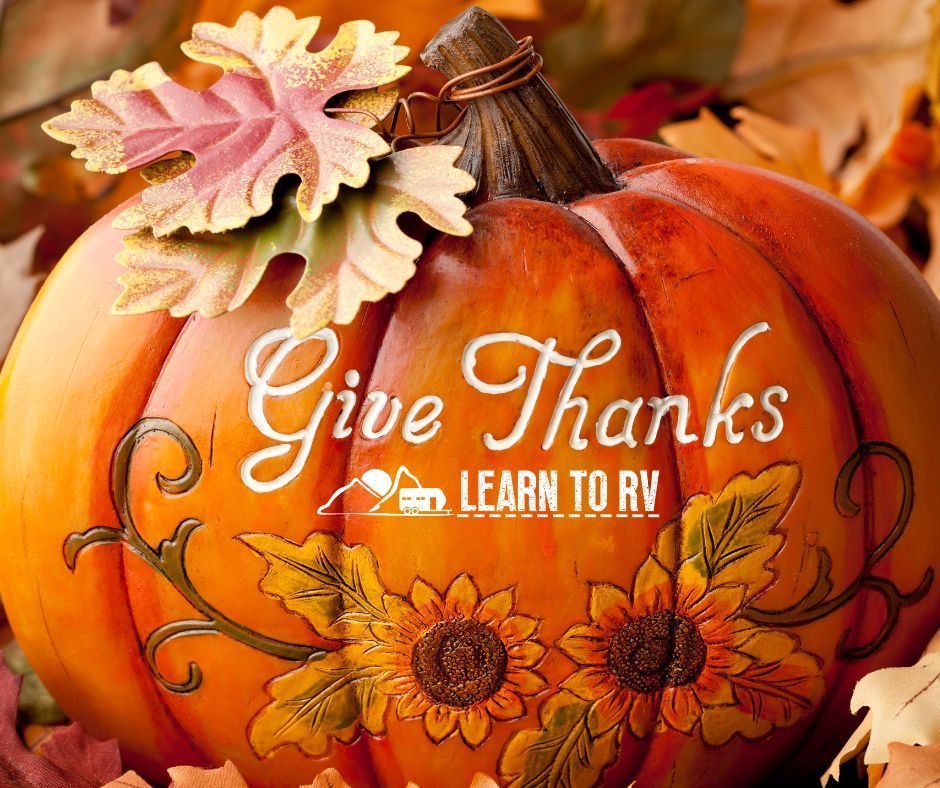Getting Back on the Road Again
Alisha Deschene • August 28, 2025
We first went on the road fulltime in 2014. We traveled for just over 4 years and then decided to settle into a house in Texas to provide a home base for our oldest children to get jobs, go to college and begin to leave the nest. We had planned to stay put for a little while and let them get settled, and then resume traveling part time, using the house in Texas as a home base for as long as needed. Then 2020 happened and all our plans went sideways. We ended up moving back home to Maine and settling in for the long term, without any future traveling plans. We diligently got to work putting down roots and making connections in the community. But even though we loved our property, with lots of privacy and space, the travel bug didn’t go away. We kept in touch with our traveling friends and watched their adventures from afar and the itch to travel grew. After being still for 7 long years, we found that we desperately missed traveling and longed to go exploring again. That’s when we made the decision to set out traveling once more, only this time it would be part time, and it wouldn’t look the same as it did before.
RV Living Isn’t a One Size Fits All
When it comes to RV’ing there is no one size fits all scenario. There are as many ways to travel in an RV as there are people who love to travel. No specific way is correct, or better than others. What works well for one family might not work at all for another family. The beauty of traveling is that it is so adaptable to the person doing the traveling. When we made the decision to travel again, we knew that it was going to look a lot different than it did years ago when we first hit the road. We are at a completely different stage in our lives now, then where we were in 2014 and we have different priorities and goals.
When we traveled originally, we had a lot more people with us and a lot less resources available. We made it work, and we loved it, but it wasn’t always sunshine and roses. Traveling with a large family meant that we had very limited options as to what we could drive and tow. We sometimes felt like we were packed in like sardines, but we made it work. This time around, we are traveling with significantly less people. This afforded us a lot more options as to what type of rig to get. Initially it was overwhelming trying to determine what type of RV we wanted. We had to prioritize what we were looking for, how we wanted to travel, and how we wanted our living space to be set up. We narrowed down what type of RV we wanted according to what was important to us. We enjoy watching movies and playing board games together. So, we wanted an inside table and enough seating space in the living area for everyone to be able to comfortably sit down. We have older teen girls who value privacy, and my husband and I tend to be an early risers. We wanted to be able to go out into the living space, or outside, early in the morning without disturbing people sleeping in the living room. For these reasons we didn’t want them to have to sleep on a couch bed in the living room or on a table. They are also old enough to want their own personal space and privacy. What worked for them when they were 2,4 and 6, would not work as well at 13, 15 and 17. For all these reasons we opted for a 5th wheel with a mid-bunk and loft and a large living room. This gave us the space we needed to all be able to sit in the living room together and a table to play games on when desired. The girls have their own space in the bunk room as well as a loft and everyone likes the set-up. I personally would have preferred something really small and basic, but we couldn’t sacrifice the inside space and make it work while we still have growing teen girls. Our camper needed to be a comfortable space for everyone. I still believe that a very small camper is in my future, but that is not the season we are in right now. That will come later, when it is just my husband and myself.
Keeping a Homebase VS Not Having One
The last time we traveled we sold almost everything we owned and put just a few special keepsakes in storage at my Mom’s house. After we got off the road I enjoyed buying furniture and decorating my new home. When we moved from Texas to Maine we rented a moving truck and dragged everything with us halfway across the country to set up our household here. Moving forward from here we decided that we will always have a home base to go back to. After all the events of 2020 we determined that we never want to be in limbo again. We always want some place to fall back on if needed. Not everyone desires that, and that is ok. Traveling has so many options for so many people.
We love our home state of Maine. No matter how many times we leave Maine, we always end up coming back. Maine is home to us, and it always will be. Our plan for the immediate future is to travel during the cold winter months and go back home to Maine in the summer and fall. The amazing thing about traveling is that it is so adaptable to life’s continually changing situations. A couple of our older children have now gotten married and started having families of their own. Because of this our future travel plans might be more about visiting our adult children in the various parts of the country where they have settled down, rather than checking another state park of our list of things to do or adding another state sticker to our travel map. Traveling in the RV gives us the freedom to spend time in the locations that we want to be in, during the time of year that works best for us.
We’ve met people that travel to learn, people that travel for work, people that travel to follow the sun, and every variation in between. Travel is whatever you make it. It can be as full and exciting, or as quiet and relaxing as you decide it will be. That is the freedom that traveling in an RV provides to anyone who opts to embrace this lifestyle.
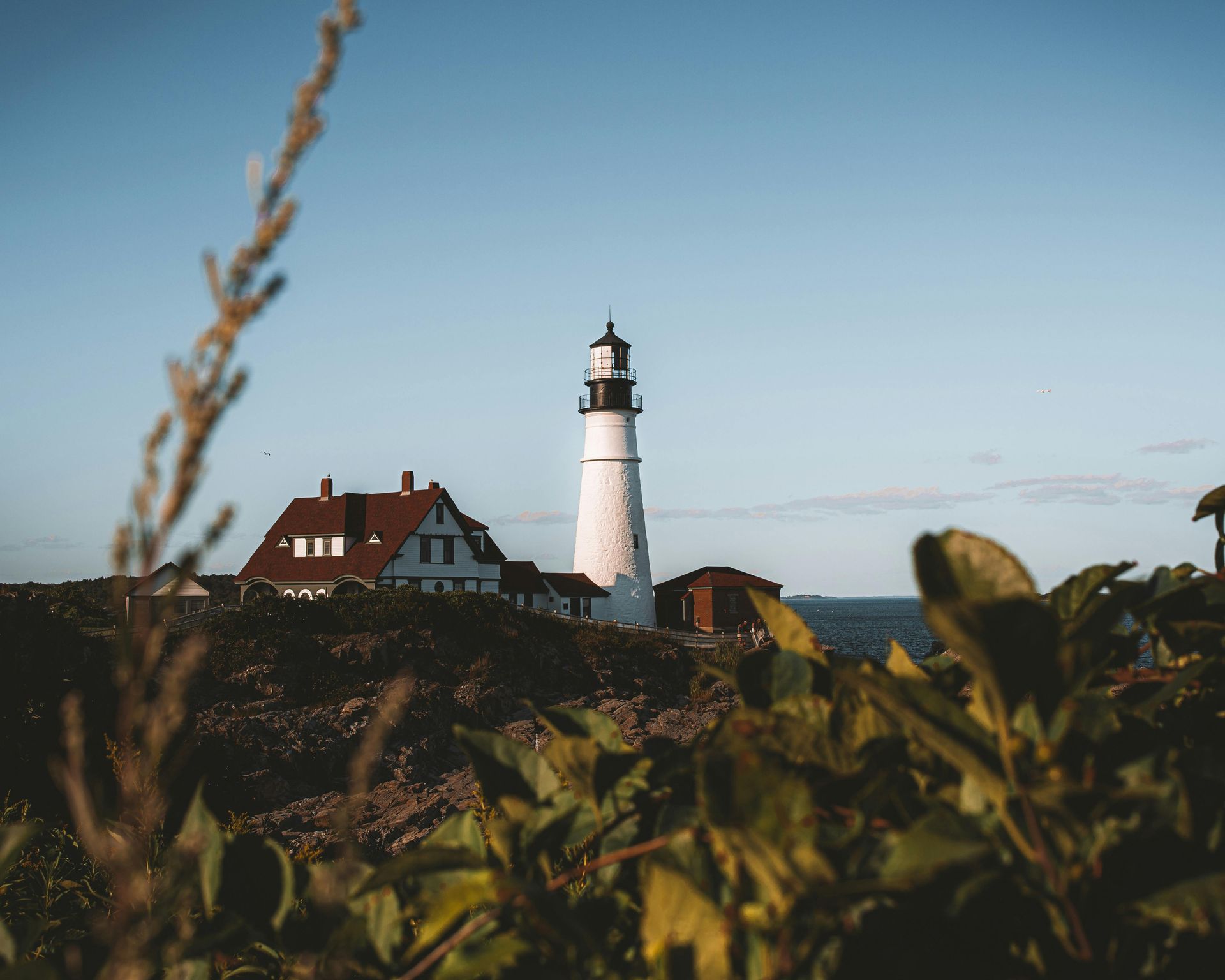
Other blogs you might like...
